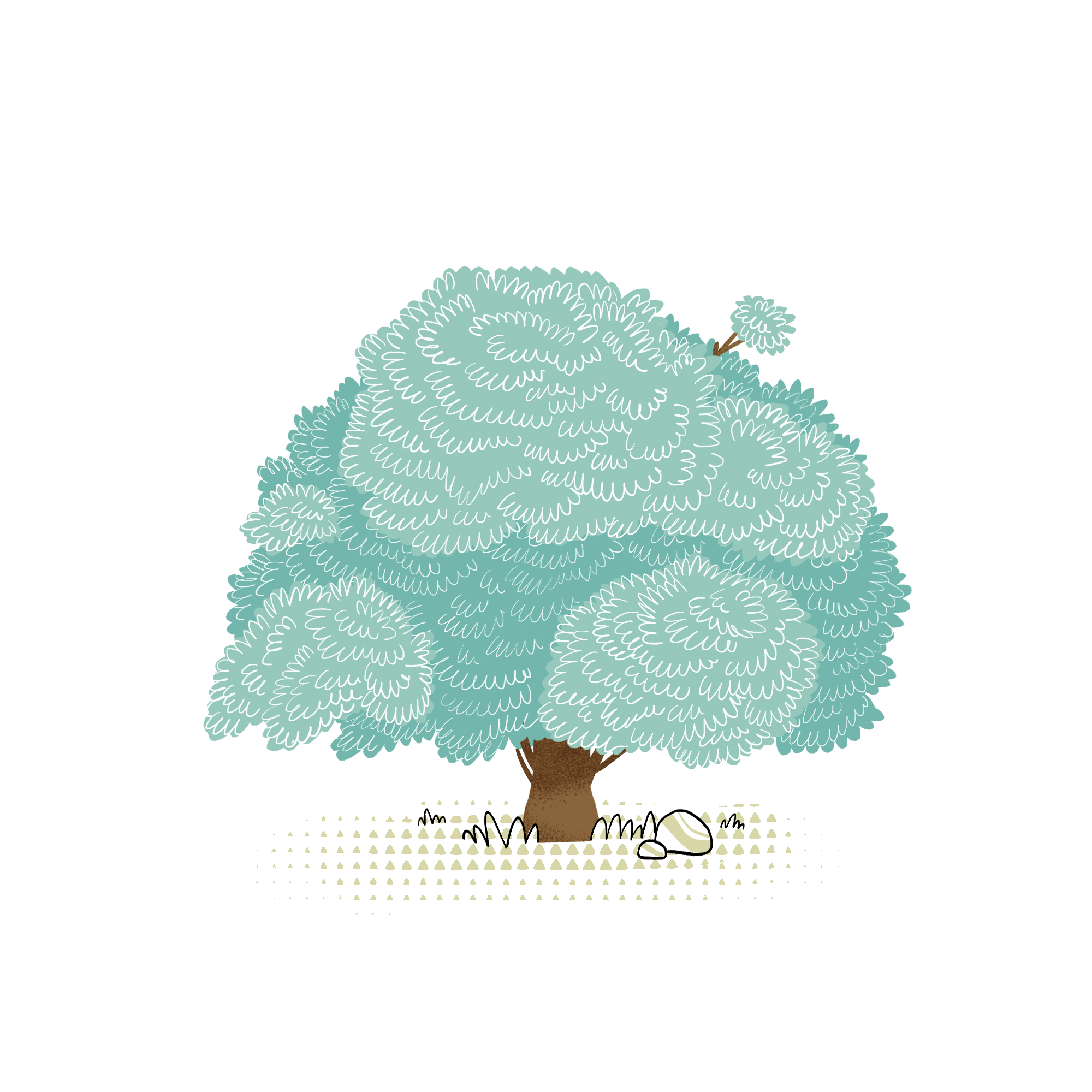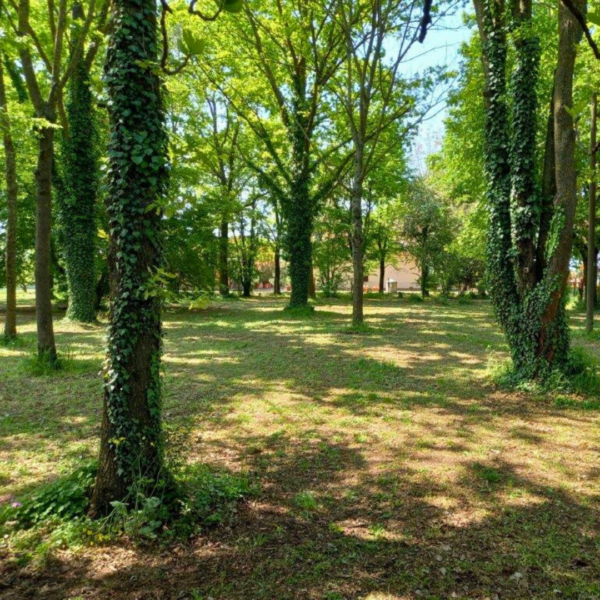
Adopt or gift a Hornbeam
Animal lovers
Who is always there
Wisest people
Don't be tricked by its modest height, the Hornbeam is tough, adaptable and long-lived… a true warrior! Much loved by songbirds and butterflies, during the cold season it turns a reddish-orange color that lends it a poetic and harmonious look.
Features
Scientific name: Carpinus betulus
Common name: Hornbeam
Part of the Corylaceae family. Tree up to 20 meters tall, with a straight trunk and ascending branches. Native to Europe and Asia Minor, it is present but rare throughout Italy, where it can be found in deciduous woods and shrublands up to 1,200 meters above sea level. It has glossy green foliage and smooth brownish-gray bark, often with lighter stripes. The male inflorescences are clustered in pendulous yellow catkins about 4-6 cm long, while the female inflorescences are smaller and greenish.
Fun facts
The name hornbeam comes from "beam" and "horn" and refers to the characteristic hardness of the wood that makes it similar to a horn. A variety of tools were built out of this wood, also oxen yokes, butchers' logs and mill gears. A hornbeam leaves-based tonic was anciently used to treat wounds and stop bleeding. Besides offering ample shade to parks and gardens, the hornbeam tree provides year-round shelter for birds and small mammals. Widespread in oak forests, caterpillars and moths feed on its leaves while squirrels and other small rodents eat its seeds in the fall.
Properties and Uses
In phytotherapy and gemmotherapy the plant is used in respiratory diseases and for its stimulating action in platelet production. At the first airway level it exerts anti-inflammatory, antispasmodic and healing action. At the pulmonary level it has antispasmodic and antitussive properties.
Why adopt or gift a Hornbeam: what makes it unique
of CO2 captured over a year
reachable height
maximum life expectancy
Forests where you can grow your own Hornbeam, adopting it or giving it as a gift.

Bosco delle origini
 Italia
Italia
Bosco di Villa Roberti
 Italia
Italia
Join our community
Do you like trivia about trees and forests, and want to know how you can help create a greener future and help nature?
Sign up for our newsletter!
A couple of times a month you will receive news, scientific insights without catastrophizing, offers to adopt our trees, and news from our projects. With WOWnature, helping the planet becomes a positive experience. Every tree is a step toward a better future.


